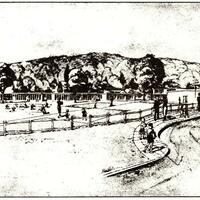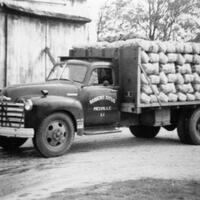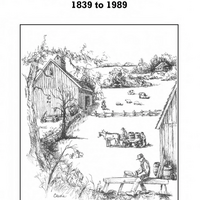Buffalo Neighborhoods
Collection Owner:
Cover Image:

Buffalo's Little Italy - not a dull boy in the bunch! - Image Source
Collection Facts
Extent:
86
Historical Context
Special Content:
Some content in this exhibit includes use of outdated language and cultural attitudes. It is presented for educational purposes.
Browse within this collection
Additional Information
Scope and Content Source:
This exhibit includes maps, photographs, newspaper articles, pamphlets, postcards, ephemera, and books constituting an early history of the development of the City of Buffalo, New York and the neighborhoods built by its migrant and immigrant residents from the early nineteenth to the mid twentieth centuries.
Browse similar collections
NYH Topic Areas:
Collection Type:



